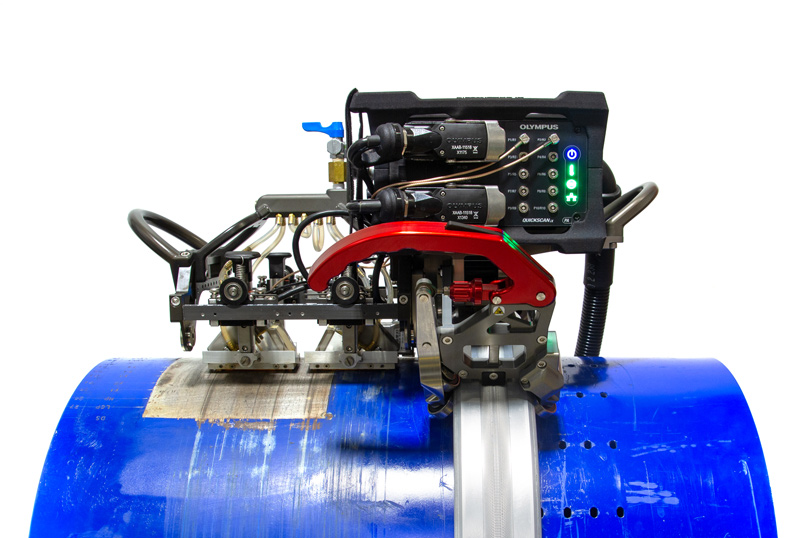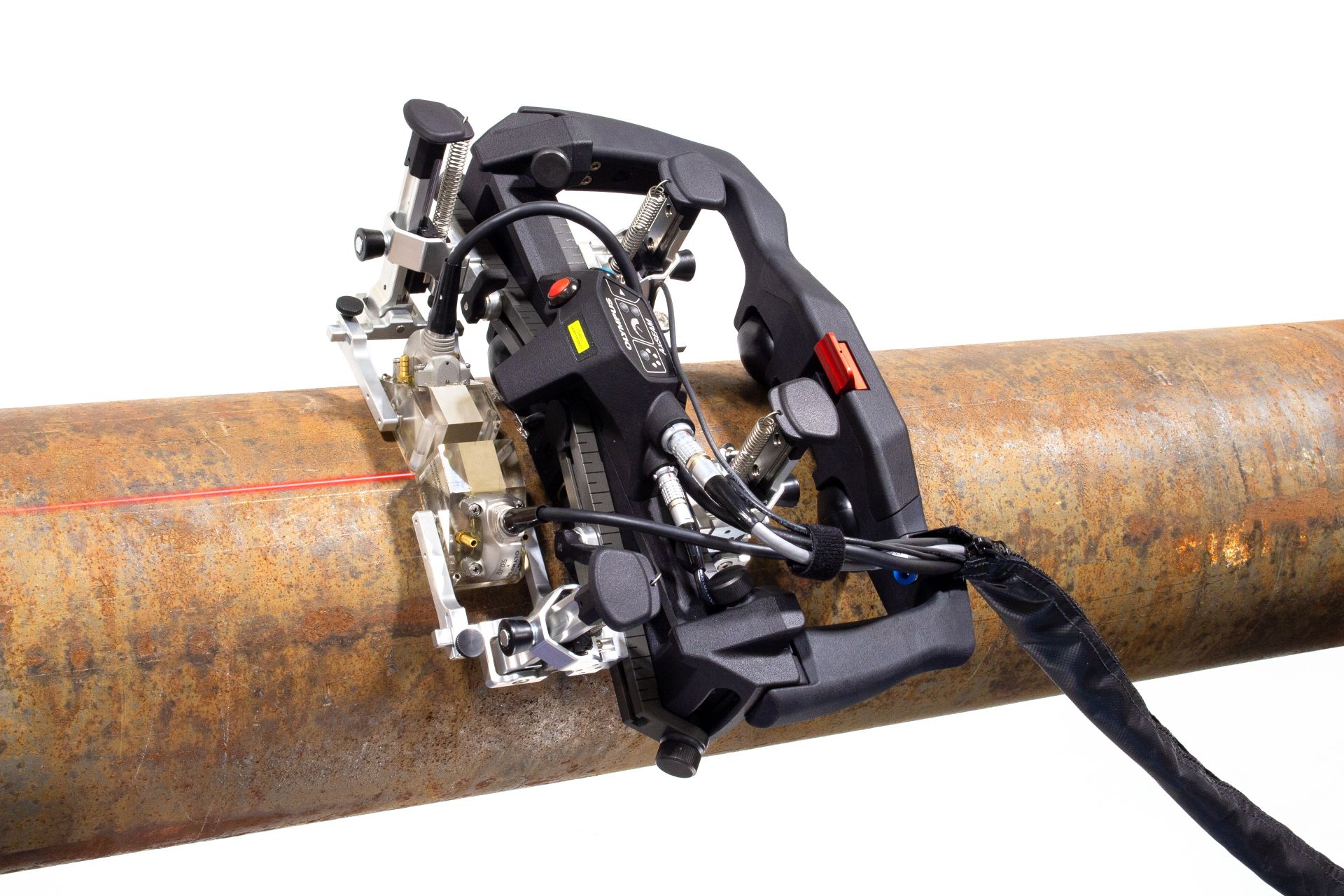Comprehensive Guide to Pipe Welding Assessment: Ensuring Honesty and Security in Pipe Building and Maintenance
The integrity and safety and security of pipelines are vital in today's framework landscape, underscoring the essential duty of welding inspection in pipeline building and upkeep. A thorough guide on this subject not just highlights the necessity of assessing weld top quality but likewise attends to the different assessment techniques available, such as radiographic and ultrasonic testing. By comprehending common problems and their effects, stakeholders can implement finest techniques that guarantee conformity and long life. However, the complexities associated with welding inspection raising pertinent inquiries concerning market criteria and the advancing modern technologies that might redefine these practices.

Importance of Welding Assessment
Welding assessment plays a vital role in making certain the honesty and safety and security of pipe systems. It serves as an essential process that confirms the quality and dependability of bonded joints, which are commonly the most weak spots in pipeline building and construction. Via systematic assessment, examiners can recognize potential problems such as fractures, porosity, and incomplete fusion, which may endanger the architectural integrity of the pipe.
The importance of welding evaluation prolongs beyond plain compliance with market standards; it additionally safeguards public health and the atmosphere. Pipes carrying harmful materials present significant risks if failings take place. Efficient evaluation methods assist protect against leaks and tears, reducing environmental damage and securing areas. In addition, thorough inspections can improve the long life of pipeline systems, minimizing the demand for pricey repair services and downtime.
Along with making certain safety and compliance, welding examination promotes a culture of quality control within organizations. By prioritizing inspection throughout the welding process, companies can construct a track record for integrity and quality, ultimately bring about boosted client confidence and company possibilities (Pipeline Welding Inspection). Thus, the significance of welding examination can not be overstated in the context of pipe building and construction and upkeep
Key Welding Processes
Different welding procedures are used in pipe building and construction, each with its own advantages and applications. Among the most commonly used techniques are Shielded Steel Arc Welding (SMAW), Gas Tungsten Arc Welding (GTAW), and Gas Metal Arc Welding (GMAW) SMAW is favored for its flexibility and ability to perform well in numerous environmental conditions, making it appropriate for area applications.
GTAW, typically referred to as Tungsten Inert Gas (TIG) welding, is acknowledged for its ability to create top quality welds with exceptional control over warmth input, making it ideal for thin-walled pipelines and stainless steel materials. GMAW, or Steel Inert Gas (MIG) welding, uses high deposition prices and is effective for massive projects, frequently used in the fabrication of pipelines in regulated environments.
Additionally, Submerged Arc Welding (SAW) is made use of for its deep infiltration and high productivity, especially in the building of large-diameter pipes. Each of these procedures contributes to the overall honesty and safety and security of pipe buildings, making it possible for welders to choose one of the most ideal method based on material type, task demands, and environmental problems. Comprehending these crucial welding processes is crucial for reliable pipeline welding evaluation.
Common Flaws and Their Effect

Porosity, identified by little gas pockets caught within the weld, deteriorates the product and can bring about leakages. Splits, which may occur because of thermal anxieties or incorrect cooling, can circulate and result in structural failure under stress. Undercutting, where the base steel is worn down along the weld grain, minimizes the check my source efficient cross-section of the pipe, increasing the risk of crack.
Insufficient combination occurs when the weld steel does not correctly bond with the base metal, causing weak locations that may stop working under stress and anxiety. Slag addition, the entrapment of non-metallic material within the weld, can also deteriorate the joint's honesty. Recognizing and addressing these problems early in the building procedure is crucial to making sure the long-lasting dependability and security of pipe systems, thus guarding both the setting and the infrastructure.
Inspection Tools and methods

Aesthetic inspection is the very first line useful source of protection, allowing assessors to determine surface area abnormalities, misalignment, or other visible issues. Ultrasonic screening uses high-frequency audio waves to detect inner flaws, offering precise depth measurements and characterizing issues without damaging the weld. Radiographic screening makes use of X-rays or gamma rays to generate pictures of the weld, allowing the identification of internal spaces, cracks, or incorporations.
Magnetic fragment screening is especially efficient for identifying surface area and near-surface stoppages in ferromagnetic products. This strategy involves using an electromagnetic field and fine iron particles to the weld, revealing flaws via the build-up of particles at imperfection sites.
Along with these methods, specialized tools such as automated ultrasonic screening devices and digital radiography systems boost examination precision and effectiveness, guaranteeing a complete analysis of pipe welds throughout building and maintenance.
Finest Practices for Compliance
Abiding by finest practices for conformity in pipe welding inspection is important for making sure the integrity and safety and security of the facilities. Organizations has to develop an extensive quality administration system that lines up with industry requirements such as ASME, API, and AWS. This includes creating thorough welding treatments that define the strategies, materials, and qualifications required for welders.
Normal training and accreditation of assessment employees are vital to keep high proficiency levels. Inspectors should know with various non-destructive testing (NDT) techniques, including ultrasonic screening, radiographic testing, and visual assessment, to successfully recognize potential problems.
Documentation plays an essential duty in compliance; keeping precise documents of assessments, weld procedures, and personnel certifications helps to make sure traceability and accountability. Scheduled audits and evaluations of welding techniques must be carried out to recognize locations for improvement and make certain adherence to established procedures.

Verdict
In final thought, the application of rigorous welding evaluation methods is critical for ensuring the honesty and safety of pipeline building and maintenance. Constant renovation in examination procedures will add to the longevity and integrity of pipeline systems, highlighting the crucial function of welding examination in the market.
The stability and safety and security of pipes are paramount in today's infrastructure landscape, emphasizing the vital duty of welding inspection in pipeline building and construction and maintenance. Recognizing these vital welding processes is crucial for efficient pipe welding examination.
Sticking to best methods for compliance in pipe welding evaluation is critical for making sure the stability and safety of the infrastructure.In final thought, the application of extensive welding inspection procedures is vital for making certain the stability and security of pipe construction and upkeep. Continuous renovation in assessment processes will add to the durability and integrity of pipe systems, highlighting the vital role of welding inspection in the market.